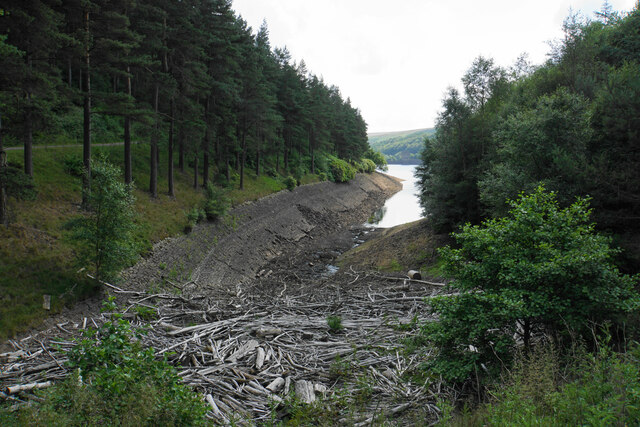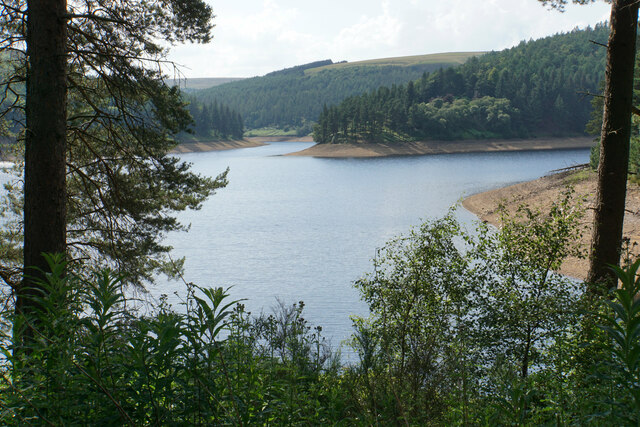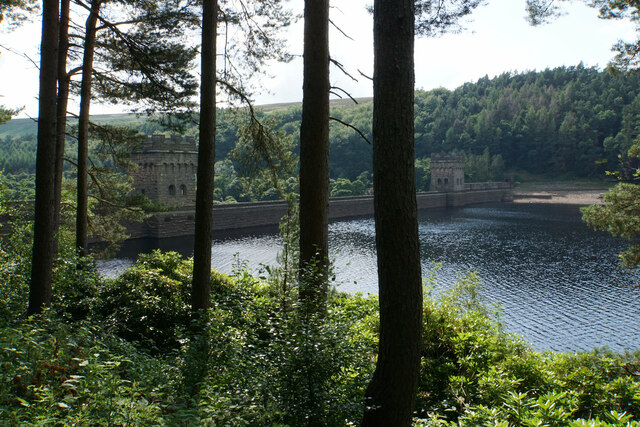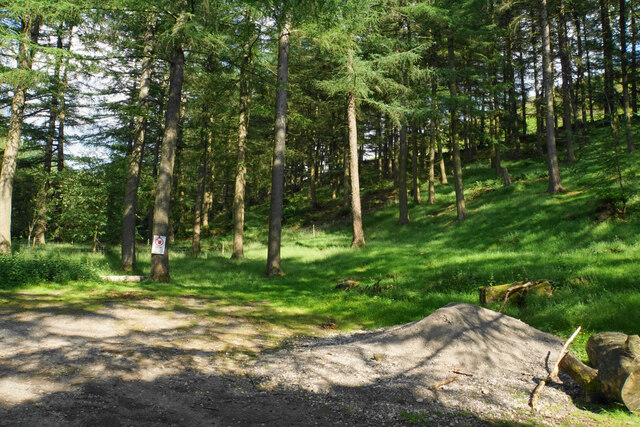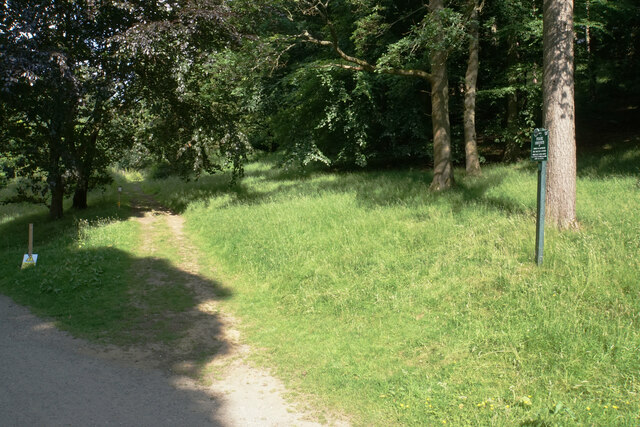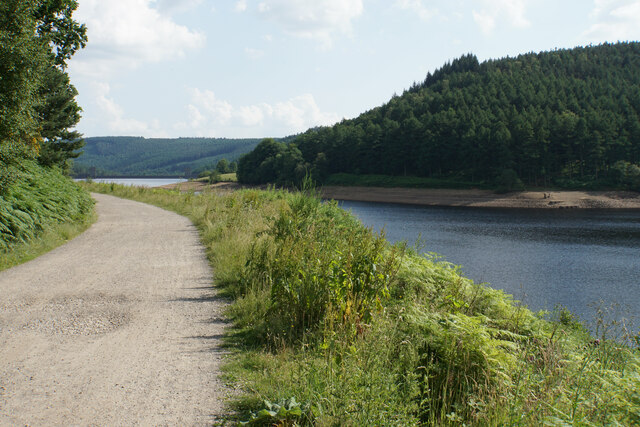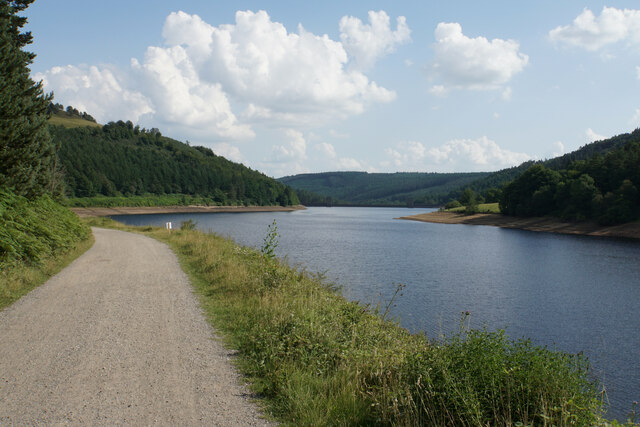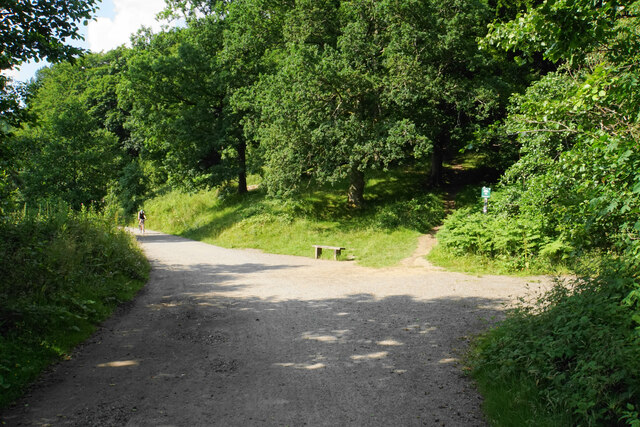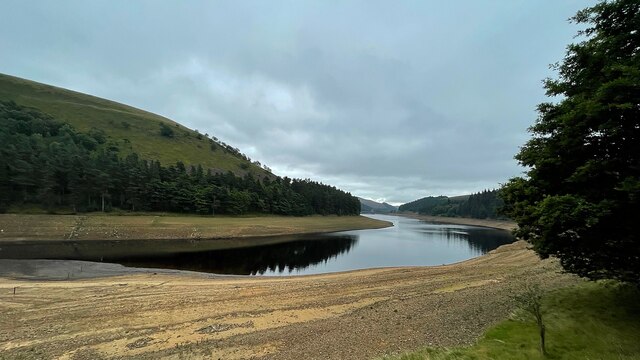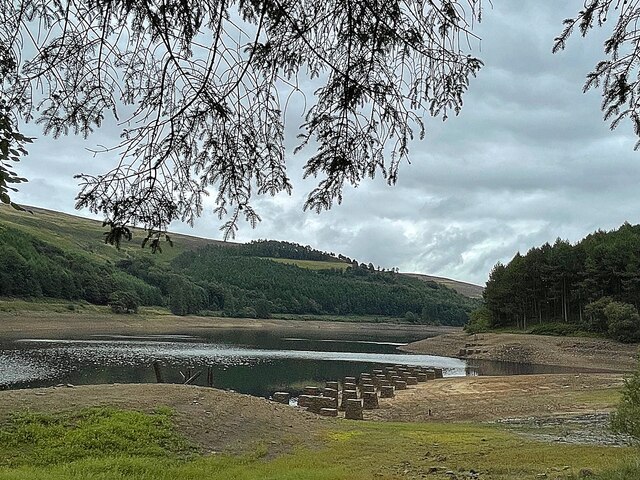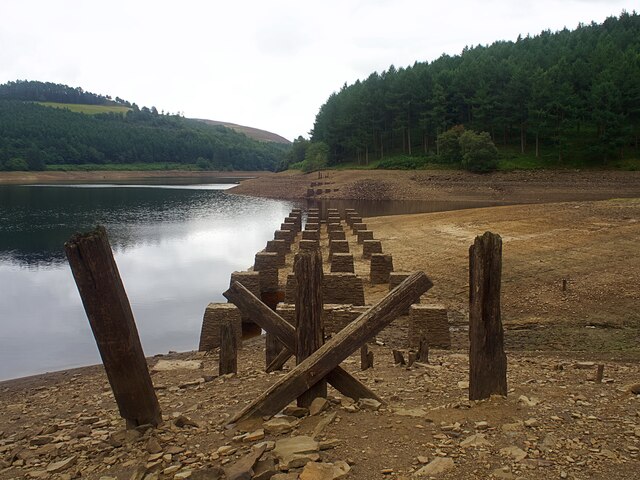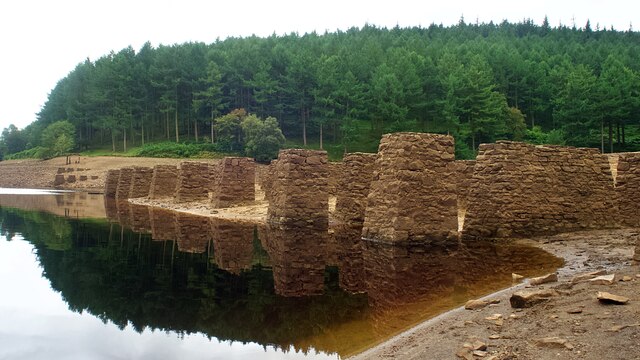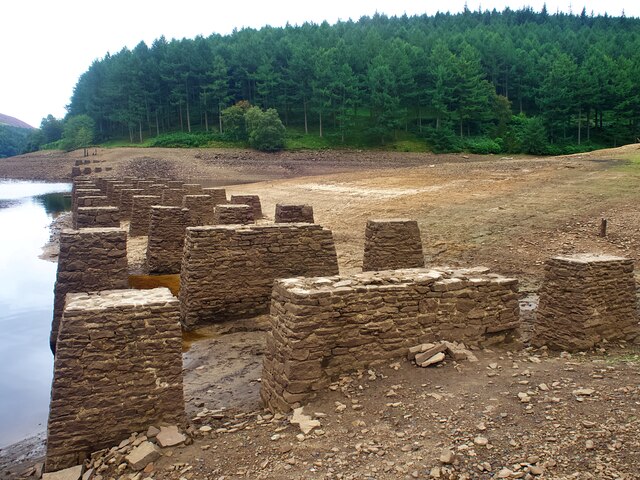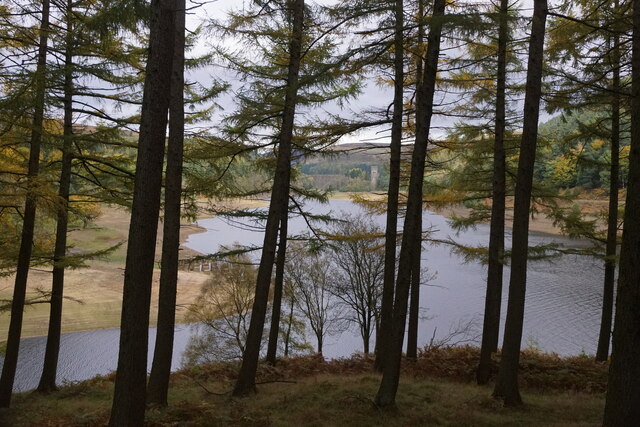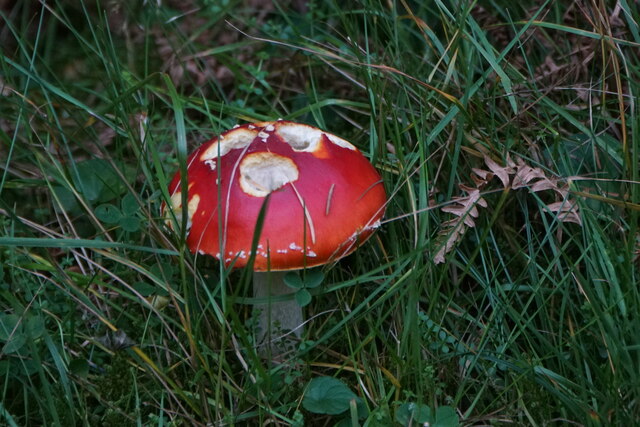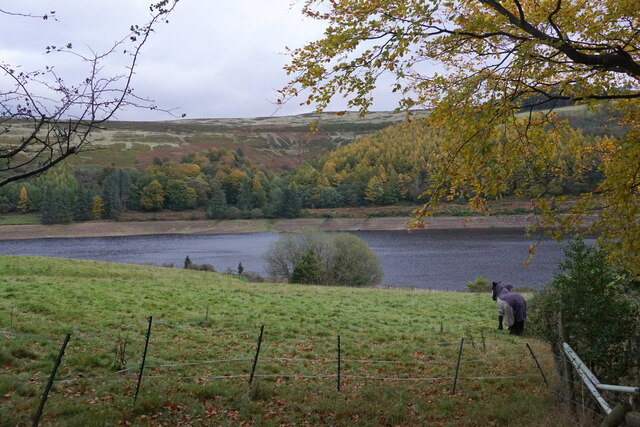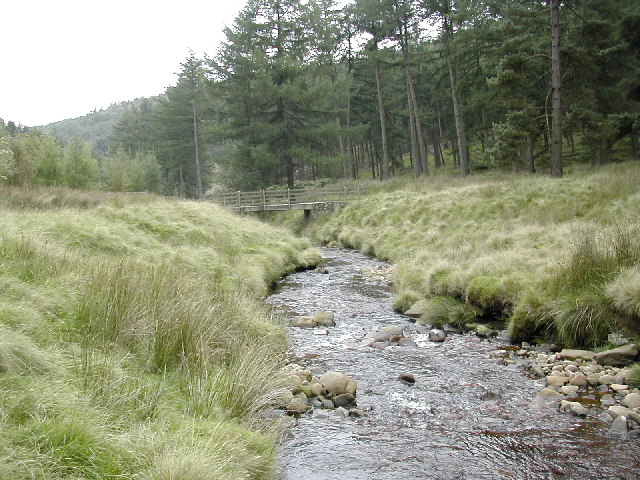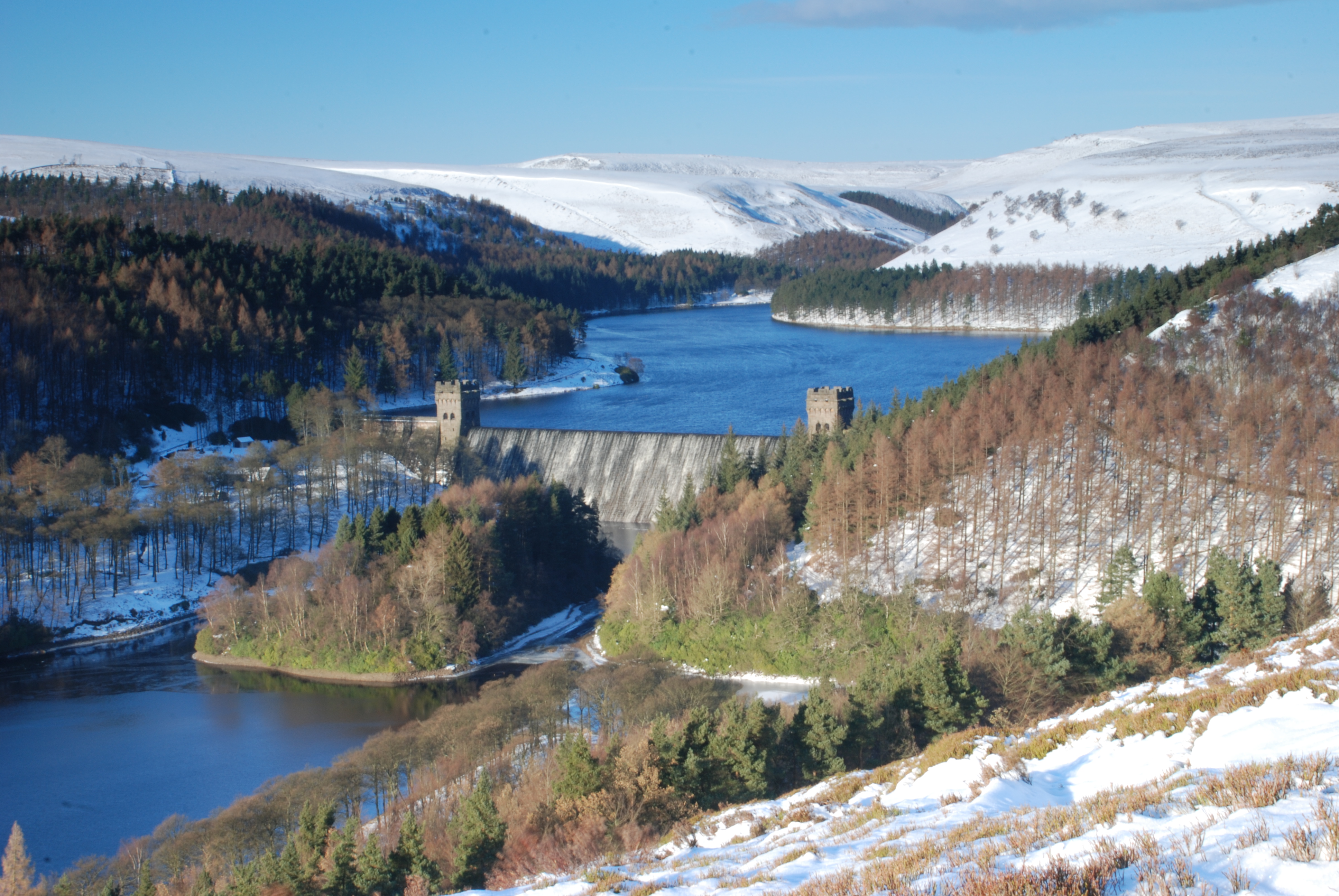Chapel Plantation
Wood, Forest in Derbyshire High Peak
England
Chapel Plantation
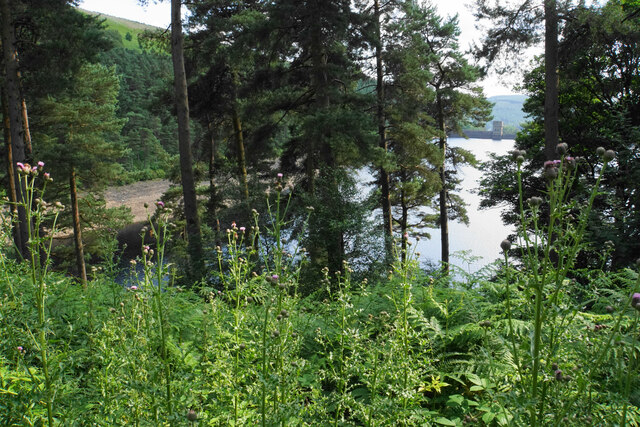
Chapel Plantation is a picturesque woodland area located in Derbyshire, England. Situated within the renowned Peak District National Park, this forested refuge spans over a vast expanse of approximately 2,500 acres. The plantation is nestled amidst the rolling hills and valleys, offering visitors a serene and tranquil environment.
The woodland at Chapel Plantation is primarily composed of native broadleaf trees, such as oak, birch, and beech, which create a dense canopy overhead. This lush vegetation provides a habitat for a diverse range of wildlife, including deer, foxes, and various species of birds. Nature enthusiasts and birdwatchers will find ample opportunities to observe and appreciate the local fauna.
A network of well-maintained walking trails meanders through the woodland, allowing visitors to explore its beauty at their own pace. The paths wind through the forest, offering glimpses of enchanting wildflowers and scenic viewpoints along the way. The plantation is a popular destination for hikers, joggers, and dog walkers, providing a refreshing retreat from the bustle of urban life.
Chapel Plantation also holds historical significance, as it was once used for timber production during the industrial era. Remnants of old saw pits and charcoal platforms can still be found within the woodland, serving as a reminder of its past.
With its idyllic setting and abundant natural beauty, Chapel Plantation is a delightful destination for nature lovers and outdoor enthusiasts alike. Whether one seeks solace in the tranquility of the forest or wishes to embark on an adventurous hike, this woodland retreat offers a truly immersive experience in the heart of Derbyshire's countryside.
If you have any feedback on the listing, please let us know in the comments section below.
Chapel Plantation Images
Images are sourced within 2km of 53.424759/-1.7503967 or Grid Reference SK1692. Thanks to Geograph Open Source API. All images are credited.
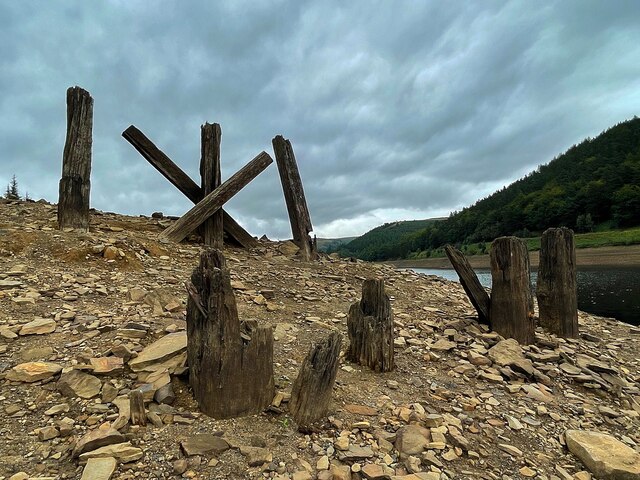
Chapel Plantation is located at Grid Ref: SK1692 (Lat: 53.424759, Lng: -1.7503967)
Administrative County: Derbyshire
District: High Peak
Police Authority: Derbyshire
What 3 Words
///send.juicy.states. Near Hope Valley, Derbyshire
Related Wikis
River Westend
The River Westend flows through the Dark Peak of the Derbyshire Peak District in England. Its source is at Bleaklow Stones on Bleaklow, from where it...
Howden Reservoir
The Howden Reservoir is a Y-shaped reservoir, the uppermost of the three in the Upper Derwent Valley, England. The western half of the reservoir lies in...
Derwent Reservoir (Derbyshire)
Derwent Reservoir is the middle of three reservoirs in the Upper Derwent Valley in the north of Derbyshire, England. It lies approximately 10 mi (16 km...
Alport Castles
The Alport Castles are a landslip feature in the Peak District National Park in Derbyshire. At over half a mile long, it is thought to be the largest landslide...
Lost Lad
Lost Lad is a hill, 518 metres (1,699 ft) high on the Derwent Edge in the Peak District in the county of Derbyshire in England. It is a subpeak of Back...
Howden Edge
Howden Edge (grid reference SK187943) is a peak in the north-east of the Upper Derwent Valley area of the Peak District National Park in England. At 545...
High Stones
High Stones, at 548 metres (1,798 ft), is the highest point within the boundaries of both the City of Sheffield and South Yorkshire, England.High Stones...
River Alport
The River Alport flows for 5.6 miles (9 km) in the Dark Peak of the Peak District in Derbyshire, England. Its source is on Bleaklow, 3 miles (4.8 km)...
Nearby Amenities
Located within 500m of 53.424759,-1.7503967Have you been to Chapel Plantation?
Leave your review of Chapel Plantation below (or comments, questions and feedback).
